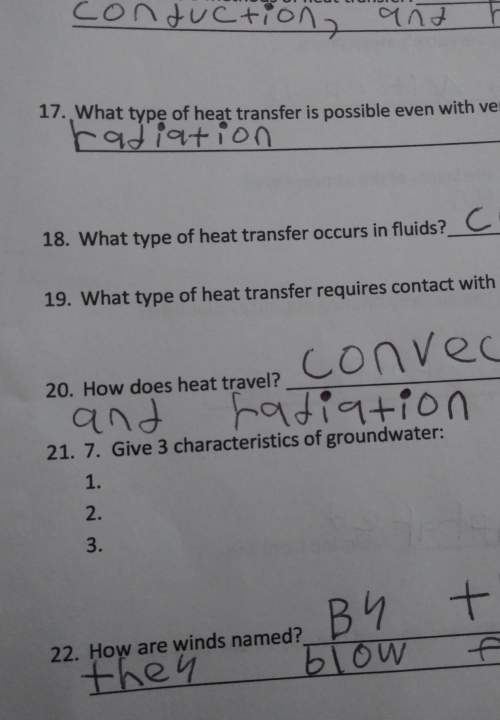
Physics, 19.07.2021 17:40 amandajbrewerdavis
In 2003, an earthquake in Japan generated 1.1 Hz waves that traveled outward at 7.0 km/s. 200 km to the west, seismic instruments recorded a maximum acceleration of 0.25 g along the east-west axis.
A) How much time elapsed between the earthquake and the first detection of the waves? t =
B) Was this a transverse or a longitudinal wave?
C) What was the wavelength? Lamda =
D) What was the maximum horizontal displacement of the ground as the wave passed? A =

Answers: 2


Other questions on the subject: Physics

Physics, 21.06.2019 19:30, denysmayatskyy
A500g object falls off a cliff and losers 100 j from its gravitational potential energy store. if the gravitational field strength g=9.8n/kg, how high is the cliff?
Answers: 1



Physics, 22.06.2019 04:50, tagerryawilson6
Waves that cause the most damage during an earthquake are a. surface waves c. s waves b. p waves d. ocean waves
Answers: 2
You know the right answer?
In 2003, an earthquake in Japan generated 1.1 Hz waves that traveled outward at 7.0 km/s. 200 km to...
Questions in other subjects:





Mathematics, 27.08.2020 14:01

English, 27.08.2020 14:01

Mathematics, 27.08.2020 14:01






